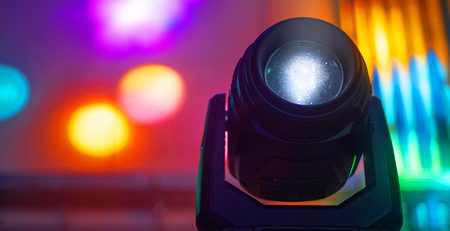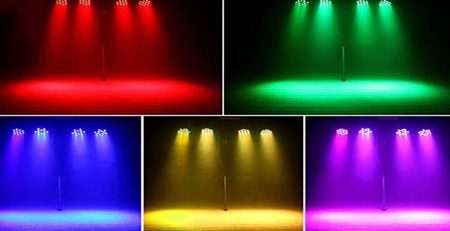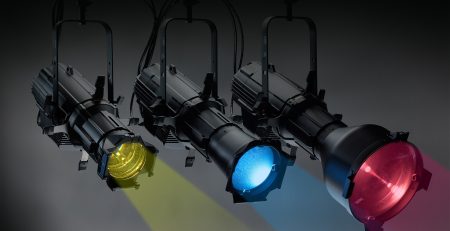How to design a stage lighting system
Designing a stage lighting system requires careful consideration of the specific needs of the event or performance. Here are the general steps to design a stage lighting system for your reference:
Define Objectives and Requirements:
Determine the type of event or performance you are designing the system for. Lighting requirements will vary depending on whether it’s a concert, play, conference, or another type of performance.
Understand the Stage and Lighting Positions:
Identify the size of the stage and the positions for placing lights. Consider the stage structure, windows, and other factors that may affect light placement.
Choose Appropriate Light Fixtures:
Based on the specific lighting needs, choose the types of fixtures that suit the purpose. Use Fresnel lights for soft light, PAR cans for colorful washes, moving head fixtures for dynamic effects, etc.
Calculate Quantity and Configuration of Lights:
Depending on the stage size and lighting requirements, calculate the quantity and configuration of lights needed. This includes determining the beam angle, throw distance, and wattage for each light.
Choosing Lighting Control Console:
Determine the lighting control console needed to adjust color, brightness, and other factors of the lights. The control console can be automated or manual.
Identify Lighting Zones:
Place lights so that they illuminate specific areas on the stage. Use lighting zones to determine the range and brightness of each light.
Calculate Light Power and Electrical System:
Ensure that the electrical system has enough power to support all lights. Calculate the power requirements for each light and assess the distribution of power sources.
Layout Lighting Cables:
Design the layout for lighting cables to avoid hindering movement on the stage and to ensure safety.
Set Up Lighting Network and Connectivity:
If using a networked lighting system, set up the connections between lights and the control console. Test connectivity to ensure all lights can be controlled effectively.
Test and Adjust Lighting:
Before the main event, test the lighting system and make adjustments to ensure everything works properly and meets the specific requirements of the performance.
Monitor and Optimize:
Monitor the performance of the lighting system throughout the event and make any necessary adjustments to optimize the lighting experience.
Remember, flexibility and adaptability are crucial when designing a stage lighting system, as each event may require different lighting elements. Additionally, collaboration with lighting designers and technicians can enhance the overall effectiveness of the system.





Leave a Reply